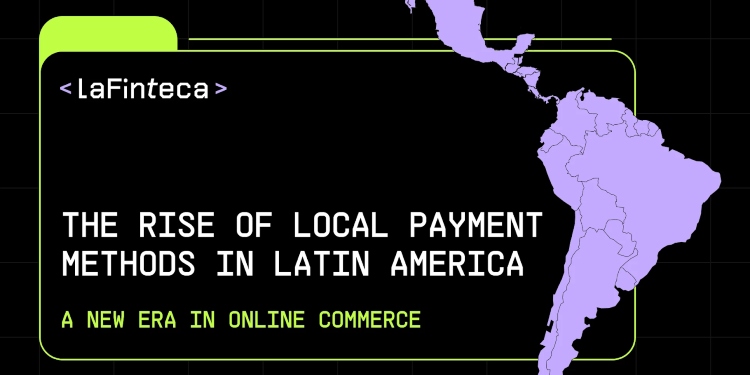Online commerce in Latin America is experiencing unprecedented growth, driven by increased internet access and a tech-savvy population. Amid this expansion, local payment methods are gaining significant traction, offering consumers and businesses alternatives to traditional card networks.
The success of PIX in Brazil
Launched by the Central Bank of Brazil in November 2020, PIX is an instant payment platform that has transformed financial transactions in the country. Unlike traditional methods, PIX enables real-time transfers 24/7 directly between bank accounts, without intermediaries like Visa or Mastercard.
In its first year, PIX amassed over 106 million users, representing approximately 62% of Brazil’s adult population. By October 2021, it had facilitated over 6.7 billion transactions, highlighting its rapid adoption. Businesses—from large retailers to small enterprises—embraced Pix for its low fees and immediate fund availability. Consumers appreciate its convenience, security, and the ability to transact without a physical card.
Inspiring change across Latin America
The remarkable success of PIX has inspired neighboring countries to develop their own instant payment systems. Nations like Argentina, Mexico, and Colombia are exploring similar platforms to enhance financial inclusion and reduce dependency on global card networks.
Mexico’s CoDi (Cobro Digital), launched by the Bank of Mexico, leverages QR codes to enable instant, card-free payments directly from bank accounts. Argentina is advancing Transferencias 3.0, aiming to unify digital wallets and bank transfers, fostering an open and interoperable payment ecosystem.
An Evolving Competitive Landscape
The rise of local payment methods introduces a more diversified payment ecosystem in Latin America. While Visa and Mastercard remain integral to the region’s financial infrastructure, these new systems offer consumers additional choices tailored to local needs.
“This shift towards local payment solutions is a natural progression in the region’s financial evolution,” observes Dmytro Rukin, CEO of LaFinteca. “By embracing innovative payment methods like PIX, countries are enhancing financial inclusion, fostering competition, and providing more accessible options for consumers and businesses alike.”
The emergence of these alternatives encourages all players in the payment industry to innovate and adapt. Global card networks are exploring partnerships and integrating with local systems to remain competitive. This dynamic environment ultimately benefits consumers through improved services, lower costs, and greater convenience.
The growth of local payment methods signifies a transformative period for online commerce in Latin America. As countries adopt systems inspired by PIX, the region is moving toward a more inclusive, efficient, and versatile financial ecosystem.
For businesses operating in Latin America, staying informed about these developments is crucial. Adapting to local payment preferences not only enhances customer satisfaction but also opens new market opportunities. As the payment landscape continues to evolve, embracing these changes will be key to thriving in Latin America’s vibrant online commerce sector.
David Prior
David Prior is the editor of Today News, responsible for the overall editorial strategy. He is an NCTJ-qualified journalist with over 20 years’ experience, and is also editor of the award-winning hyperlocal news title Altrincham Today. His LinkedIn profile is here.













































































